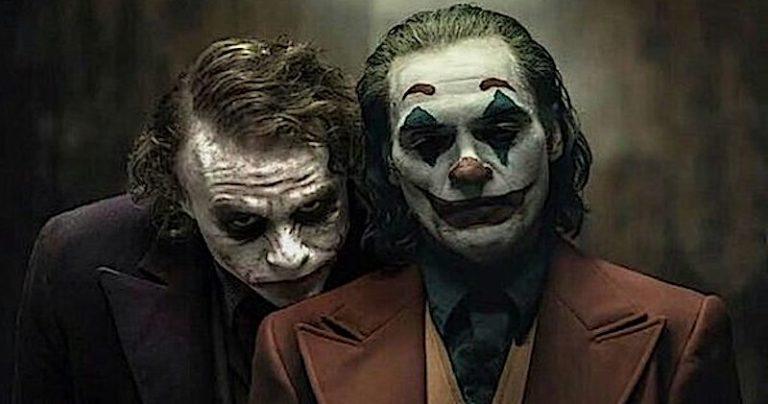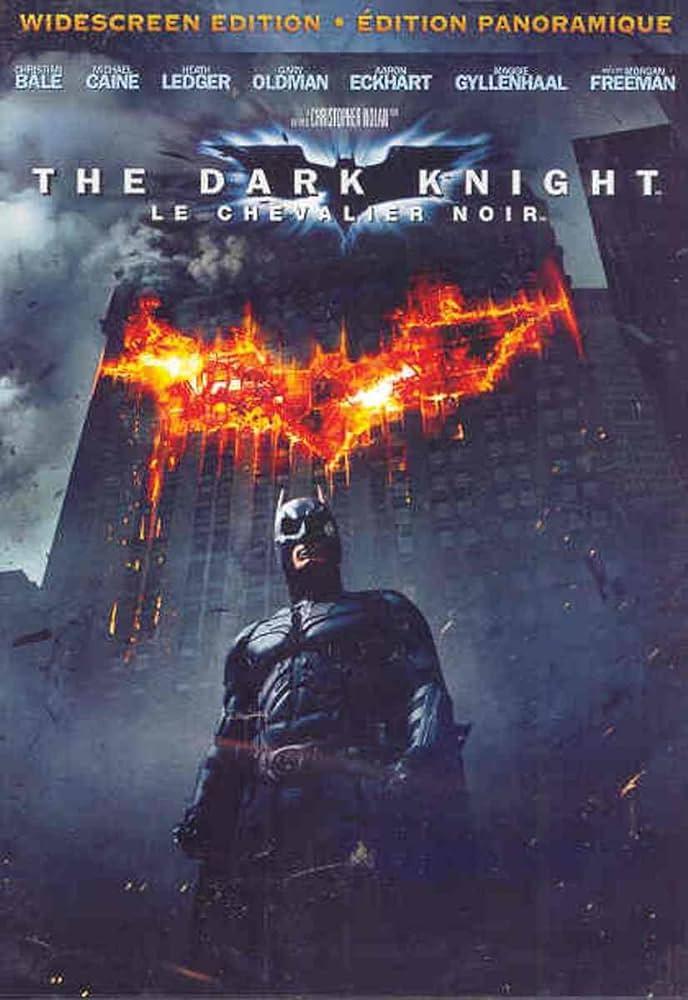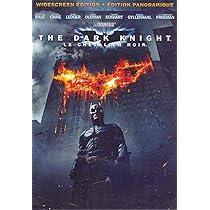In the ever-evolving landscape of superhero cinema, where technological advancements and storytelling techniques continually push the boundaries of the genre, Christopher Nolan‘s 2008 masterpiece, “The Dark Knight,” remains a towering benchmark against which all others are measured. Despite the proliferation of superhero films over the past decade, each vying for audience attention with dazzling special effects and star-studded casts, “The Dark Knight“ endures as a paragon of cinematic excellence. This article seeks to dissect the elements that contribute to its enduring legacy, examining its narrative depth, character complexity, and cultural impact. Through an analytical lens, we will explore why “The Dark Knight” not only redefined the superhero genre but also solidified its status as an unparalleled cinematic achievement.
Cinematic Excellence and Storytelling Depth
Christopher Nolan’s masterful direction in The Dark Knight is a testament to how superhero films can transcend their genre to deliver a profound cinematic experience. At its core, the film is a meticulous study of chaos and morality, skillfully woven through a narrative that challenges the boundaries of traditional heroism. The intricate plot not only showcases the duality of good versus evil but also delves into the psychological complexities of its characters. This layered storytelling is amplified by Hans Zimmer and James Newton Howard’s haunting score, which adds an auditory depth to the film’s already intense atmosphere.
- Complex Characters: The film provides rich character arcs, with each figure, from Batman to the Joker, embodying distinct philosophical ideologies.
- Real-World Themes: Themes of anarchy, justice, and sacrifice are explored with an authenticity that resonates beyond the screen.
- Innovative Cinematography: Wally Pfister’s cinematography captures the gritty realism of Gotham, offering a visually compelling backdrop that enhances the film’s narrative depth.

Complex Character Development and Moral Ambiguity
One of the most compelling aspects of ”The Dark Knight” is its intricate character development, which invites audiences to grapple with the complex nature of morality. Christopher Nolan crafts characters who are not merely black-and-white archetypes but rather multifaceted individuals struggling with their own ethical dilemmas. Bruce Wayne, as Batman, embodies the struggle between maintaining his moral code and the necessity of making difficult choices for the greater good. His internal conflict is mirrored by Harvey Dent, whose transformation into Two-Face is a poignant exploration of how trauma and circumstance can distort one’s moral compass.
- Batman/Bruce Wayne: Torn between justice and vengeance, he navigates a world where the lines between hero and vigilante blur.
- Joker: A personification of chaos, challenging the very fabric of societal norms and pushing characters to their ethical limits.
- Harvey Dent/Two-Face: A tragic figure illustrating the fragility of morality under the weight of personal loss and societal pressure.
The film’s moral ambiguity is further highlighted through the Joker’s philosophical provocations. His chaotic presence forces Gotham’s defenders to confront their own principles, questioning the very nature of good and evil. This layered storytelling transcends typical superhero narratives, making the audience question the true nature of heroism and whether the ends justify the means. Such depth in character and moral complexity sets “The Dark Knight” apart, elevating it from a mere superhero film to a profound commentary on human nature and ethics.

Cultural Impact and Enduring Legacy
The influence of The Dark Knight extends beyond the realm of cinema, having permeated various facets of popular culture and reshaping how superhero narratives are crafted. Christopher Nolan’s masterpiece transcended its genre by weaving a complex narrative that explores themes of chaos, morality, and duality. This approach not only set a new benchmark for superhero films but also impacted the broader film industry, prompting a shift towards more nuanced storytelling and character development.
Cultural milestones achieved by the film include:
- Heath Ledger’s Joker: His portrayal redefined villainy, influencing portrayals of antagonists across multiple media.
- Philosophical Depth: The film’s exploration of ethical dilemmas elevated audience expectations for superhero movies.
- Cinematic Innovation: It set a precedent for the use of IMAX cameras in major motion pictures, enhancing the visual storytelling experience.
Beyond its immediate success, The Dark Knight has left an indelible mark on the superhero genre. Its legacy is evident in the narrative complexities and thematic explorations seen in contemporary superhero films, showcasing its enduring influence on filmmakers and audiences alike.

Masterful Direction and Technical Craftsmanship
Christopher Nolan’s visionary approach to filmmaking is a key factor that elevates The Dark Knight beyond the typical superhero fare. His direction is meticulous, balancing the grand scale of Gotham City with intimate character moments. Nolan’s ability to weave a complex narrative while maintaining tension is nothing short of masterful. He seamlessly integrates multiple story arcs, crafting a tale that is as much about psychological depth as it is about physical conflict.
- Cinematography: Wally Pfister’s work behind the camera captures both the sweeping vistas and the claustrophobic interiors, utilizing IMAX technology to enhance the visual experience.
- Editing: Lee Smith’s editing ensures a taut, propulsive rhythm that never lets the audience’s attention waver.
- Sound Design: The meticulous sound design, coupled with Hans Zimmer’s pulsating score, immerses the viewer in the chaotic world of Gotham.
The technical craftsmanship on display is not merely for show; it serves to enrich the storytelling. Every choice, from the practical effects to the gritty realism, contributes to the film’s enduring legacy. The synergy between direction and technical prowess in The Dark Knight sets a benchmark that few have reached, making it a timeless piece of cinema that continues to influence the genre.
